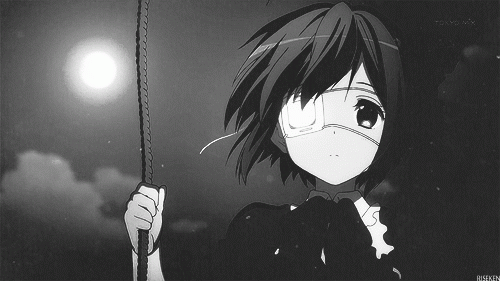 Teen brains sit on an important stage of brain development. Adolescence isn’t just a cultural construct; it’s a period of drastic rewiring. I will be using Robert Sapolsky’s book Behave (2017) for the following facts. Remember too that research focuses on averages.
Teen brains sit on an important stage of brain development. Adolescence isn’t just a cultural construct; it’s a period of drastic rewiring. I will be using Robert Sapolsky’s book Behave (2017) for the following facts. Remember too that research focuses on averages.
At the start of adolescence, teens have more gray matter than adults. Gray matter is an estimate of the total number of neurons and connections. As teens age, gray matter declines as the brain prunes its circuits. The brain wants to be efficient. While teens can handle most of what adult brains can, it requires more energy.
For example, detecting irony activates more circuits than in adults. Executive control, that is resisting temptation or making high level decisions, takes more energy than adults need to do the same thing.
Teen brains aren’t less efficient adult brains. Teen brains function differently. When adults consider risky decisions, their prefrontal cortex activates more than teens. Teen brains crave novelty and risk. This preference combines with the more effort executive functions take to create the stereotype of teens doing foolish things. That’s why teen often behave impulsively and without regard to the consequences. They can see the consequences with time and effort, but the brain wants the new experience. That craving overrides caution and contemplation before the executive centers can fire. This can also be a problem when the teen is hungry. There’s less energy for a brain that needs more energy to make decisions than an adult brain.
Teens have more socially complex lives than adults. Social rejection hurts the teen brain more than the adult brain, which leaves teens open to peer pressure. Part of this comes from the amazing level of empathy teens have. They have the ability to feel so strongly toward others than they run close to being the other. As a consequence, their emotional highs and lows are higher and lower than in adults. Their emotional centers are more open and quick to help others and causes.
As Sapolsky (2017) writes:
This adolescent empathy frenzy can seem a bit much for adults. But when I see my best students in that state, I have the same thought—it used to be so much easier to be like that. My adult frontal cortex may enable whatever detached good I do. The trouble, of course, is how that same detachment makes it easy to decide that something is not my problem.
Anime’s Design and the Teen Brain
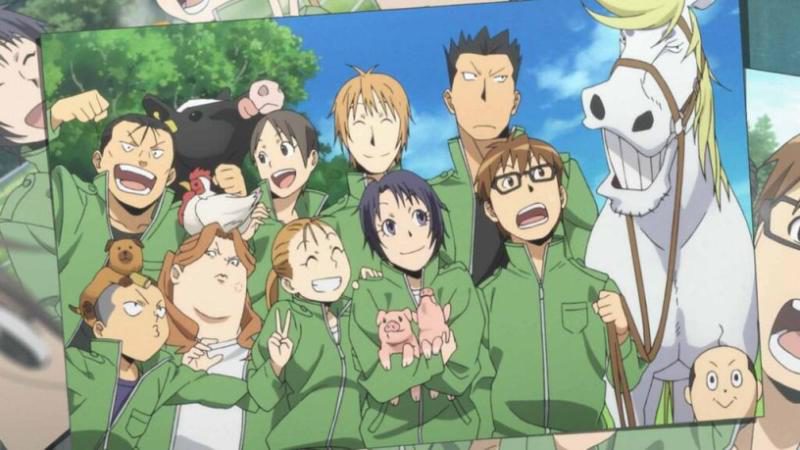
With these attributes in mind, we can better understand how anime appeals to the teen brain. First, the incredible empathy allows teens to connect deep to characters. That’s why we see strong attachment to certain characters and series. Anime designers also know how to leverage that empathy with moe character designs.
Because the emotional highs and lows teen feel, anime writers often back down from anything that is too depressing or too happy. I suspected the pullback was an aspect of Japanese culture, but now I’m not certain. Anime is infamous for throwing comedy into series scenes or throwing backstory in at a dramatic peak. However, this break would help mitigate the highs and lows teen viewers would experience. Such extremes aren’t comfortable and could leave a bad impression of the story. But for adults, these back offs annoy.
Teen brains require more energy to process irony, the emotions of others, and other theory of mind tasks. Theory of mind involves the processes of understanding what other people are thinking and experiencing. Anime’s character designs help ease this workload (And it also makes it easier for people on the autism spectrum to process character emotions). The large eyes and extreme expressions don’t require as much energy to process as subtle expressions. The melodramatic writing also eases processing while triggering the emotional highs and lows.
I suspect that is why so many heroes and heroines yell and act extreme. The over-the-top performances ease emotion processing, create more emotion, and offer more energy.
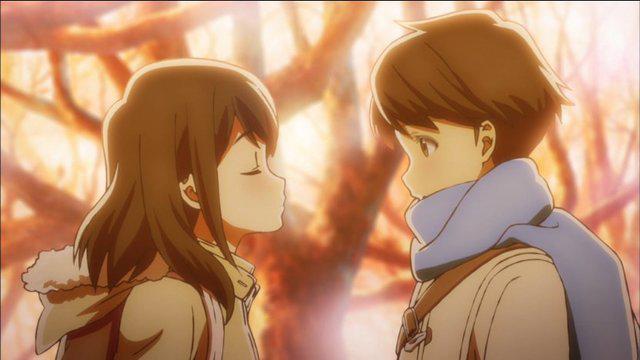
Anime relies on the suspension of disbelief. This allows us connect deeper to characters, particularly when the character designs do not reappear. When an anime character dies, she dies. The character is not like an actor or actress that appears in other films. As you can imagine, teen empathy and this aspect of anime can create a powerful connection. But the negative side of this is depression. It’s common for teens to feel depression after reading or watching a sad story. Becoming the character, as the teen brain allows, creates an emotional low after the connection is severed. I call this after-anime depression or post-anime depression. For adults, with our detached, efficient executive centers, it seems silly. But the amazing empathy teens have means they deeply feel for the characters and the story to the point of becoming emotionally affected. This also works in the opposite direction. They can also hit highs if the story ends on a high note. Both effects can take some time to ease as the neurological pathways process them.
Teen brains function differently from children and adult brains. Anime’s design choices seek to leverage these differences. After all, teens and young adults are anime’s main audiences. As teens age, their brains prune until they reach efficiency, but at the cost of decreased empathy. Fortunately, the emotional highs and lows level off too. I should note that young adults (up to 25 or so) also experience these highs and lows. The pruning process, on average, ends around that time according to Sapolsky’s research. But for some people this process can extend close to the 30s or end sooner, such as at 17. As with all averages, you see outliers, and such people are normal.
When I consider anime’s design annoyances in light of this neuro-research, they make more sense. The backing off from dramatic peaks through comedy and backstory offers a way to control emotional highs and lows. It remains poor storytelling practice, however.
If you are a teen who deals with emotional swings, be patient. As you age, they should settle. At the same time, try to enjoy the blessing of empathy you have, while remembering how the craving for novelty can be a detriment. Novelty can get you into trouble, and change your life with the consequences. Next time you watch anime, consider how the design of the characters and stories play on your emotions and empathy.
If you want to learn more about neuroscience, Sapolsky’s book offers a good, if dry, overview. He covers all the aspects of the brain through childhood to adulthood and how they influence behavior.
References
Sapolsky, Robert (2017) Behave. The Biology of Humans at Our Best and Worst. New York:Penguin Press.
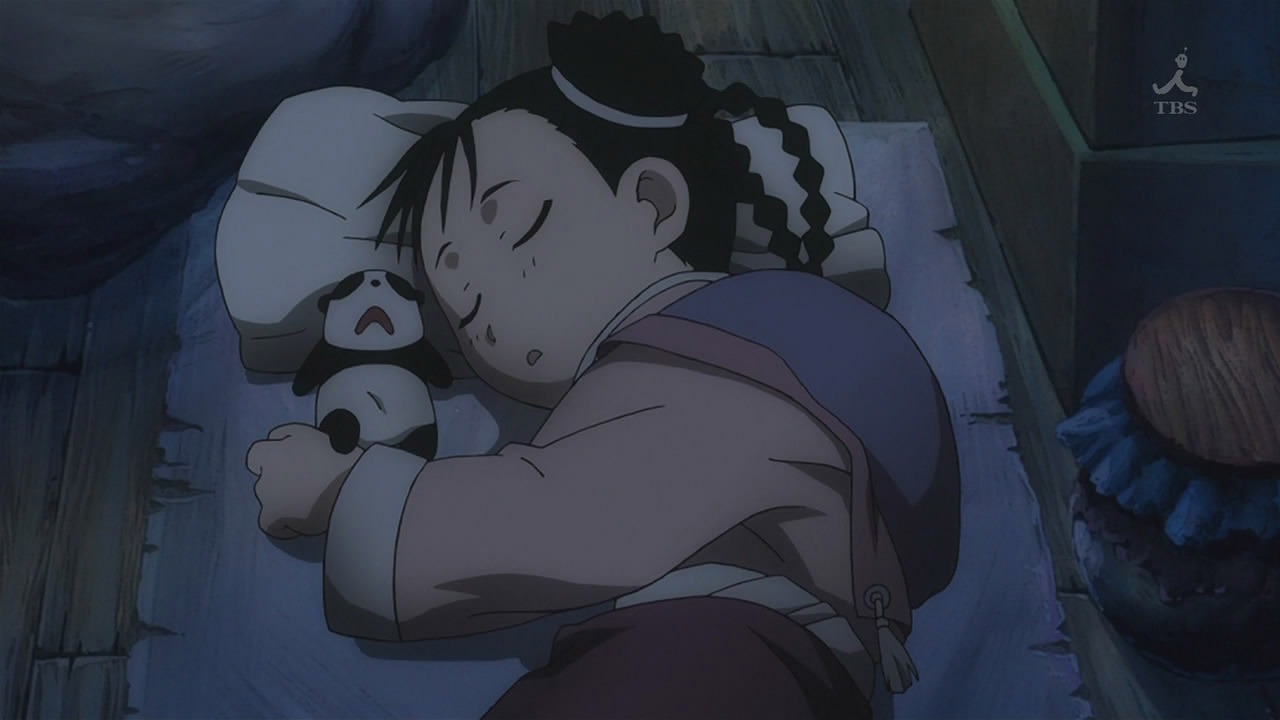
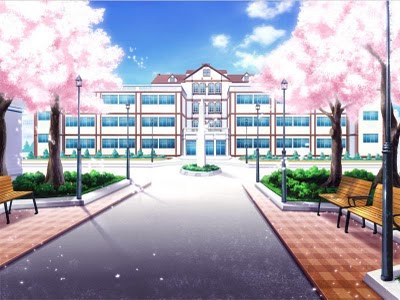
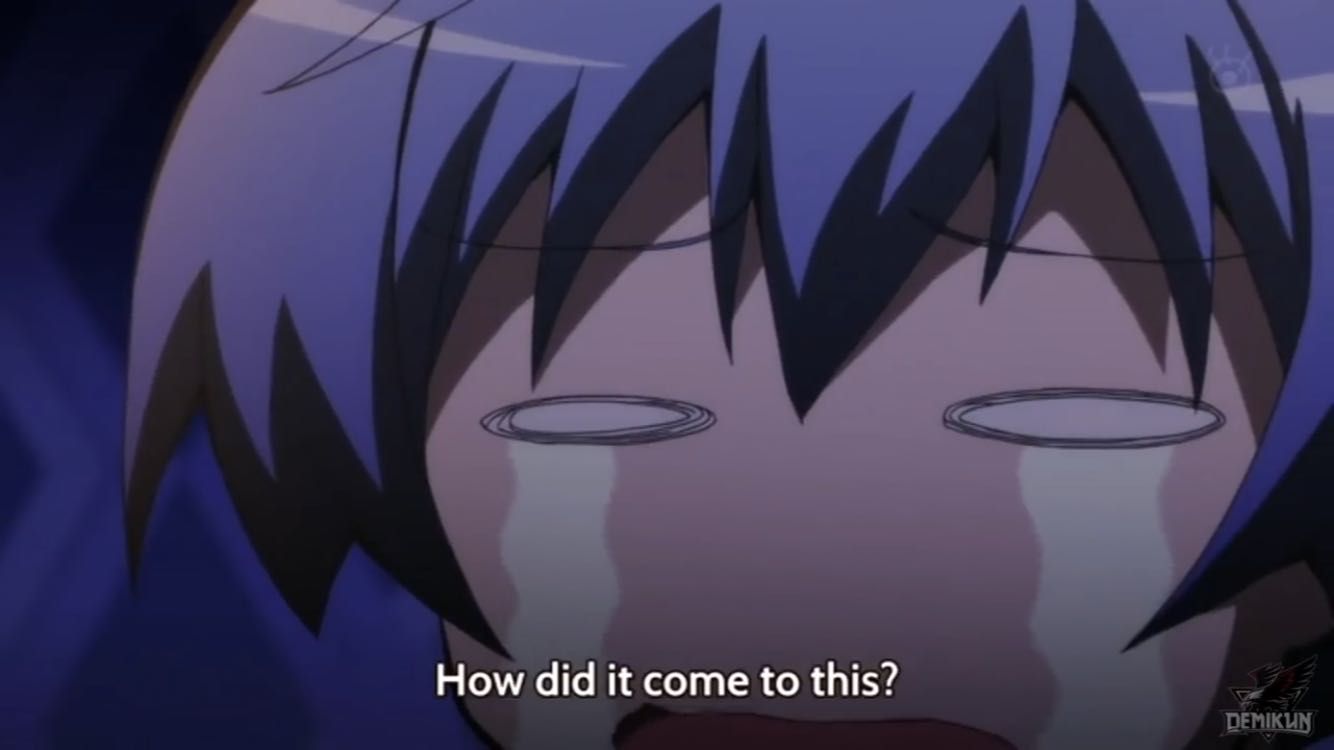
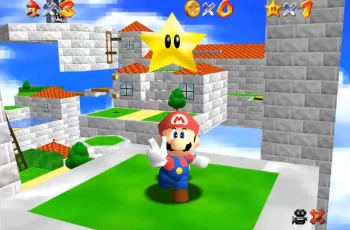
The only thing anime writers seem to be good at is filling shows with codependent, narcissistic assholes I would rather shoot myself than root for. The cookie cutter, time filling melodrama and low IQ script writing don’t help, either. There are no cool characters, they always tell instead of showing, and why is everyone an immature moron? Why do they all talk in vague, generic video game terms like ‘power levels’ and shit?
Anime can fellate dead dogs.
Anime has many poor stories, but to be fair, so does American television. Anime also achieves quality storytelling with the likes of Ghost in the Shell, Spice and Wolf, and Wolf Children. Mediocre and average dominate simply because that’s the nature of the Bell Curve.
Teenagers in the West have a variety of social experiences and learn a lot about class and society, gender and religious people, world conflicts, wars, and other so-called political and global things.
In doing so, they broaden their own horizons and gain a self-other boundary to use for the future.
But in the case of the Japs, the teenagers are exposed to a culture that is an extension of outdated phallicism, a culture that satisfies their sexual desires and need for control, without knowing the suffering of the weak and dispossessed.
They will twist the suffering of those who suffer and scream in reality from above, cynically sneering and ridiculing them as being self-imposed.
(Horribly, we Japs’ websites still display banners that attempt to use young girls as sex slaves. Black slavery is coming back from the Japs!)
The young Japs, incapable of spiritual maturity, will soon be unable to even distinguish between reality and fantasy.
Or trying to mimic the disintegrated faces of cartoon characters’ drawings with plastic surgery.
Finally, he rapes and kills girls (Shinji aoba and tutomu miyazaki are notable examples).
The supporters of the current ultra-right government (you know, the guy who was identified with Bolsonaro and Trump at NY times, suga) are also very much in their teens and 20s.
As a 20-something Jap, this situation is very desperate and
The main reason for this is the educational system that does not allow for proper social studies at an early age, and the subculture that is only an escape from reality.
What do you think can help with the problems you outline? I have a pair of articles coming soon that examines sex slavery. It is quite a problem.
I remember listening to some podcasts on how to best talk to teens and one thing that was mentioned was how adults always try to teens to get over some harrowing adolescent experience (i.e. a breakup) when it’s all that teens know for the time being. It minimizes their current experiences when many times, we’re either so focused on the past or the future. Of course, parents probably have to do a better job in communicating their own experiences and relating them to their teen children’s experiences.
I’m also curious as to what you mean by post-anime depression. Do they get symptoms for at least 2 weeks? I’m thinking about how depression is diagnosed because I feel that the feelings that some anime fans get after watching their favorite anime gone are normal, high or low. I’m not sure if I want to medically label something that is usually very human.
Parents could help their teens by relating their own experiences, even if all the parent gets is an eye roll.:D
I hesitated about linking after-anime emotions with depression, but I’ve encountered some anime fans who appear to be depressed. Of course, I’m not a psychologist. The teens expressed deep feelings of sadness for weeks or months at a time after an anime triggered such feelings. The teens I’ve encountered tend to become obsessed with the anime or manga, watching and reading it several times. Trying to make the feelings go away through other means didn’t help, whereas watching the anime eases them a little. Until the ending, anyway. Of course, these teens may have a tendency toward depression, and the anime triggered those tendencies. I’m only seeing a sliver of their days too.